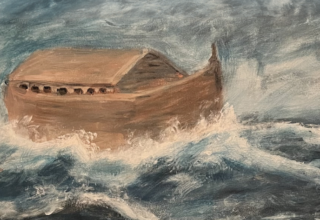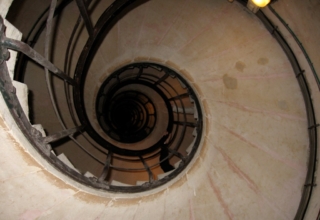
In 2018, Dr. Jeannine Sandstrom, co-creator of the Legacy Leadership program, was interviewed in Dallas Texas in the midst of a Legacy Leadership training program. She was interviewed by Brenda Chaddock, co-facilitator of this training program. The interview was recorded and is presented here:
The “big picture” of this interview was hearing from Jeannine Sandstrom about where the idea for Legacy Leadership came from, how it was born, how the foundation for it was developed, what is at its “heart” and how LL continues to evolve and keep current.
Key Points
- Legacy Leadership (LL) was born from Jeannine’s own resistance to always being forced to do things one way, because they were a system’s norms and no deviation was permitted. There was no regard for an individual’s strengths or personality.
- The Legacy Leadership vision was developed and tested and revised for over 10 years.
- LL incorporates the uniqueness of the individual and the context of the system around the individual.
- The LL model is broad enough so an individual or a team has flexibility built into their system.
- LL is a model or framework inside which other leadership approaches or methods can live. If an organization already has systems, tools in place that they like, there is a place within LL’s 5 Best Practices where these current systems/tools can fit. Organizations don’t need to get rid of something that already has benefits for them.
- Jeannine explains how LL’s “visuals” (colors, etc.) came about.
- Organizations can “enter” the LL model at any of the 5 Best Practices. They are not designed to be “followed” in any particular order.
- Flexibility is key in all 5 Best Practices.
- Jeannine’s “vision” for LL has remained the same since she began this organization with her colleague, Lee Smith. The vision is: very organization throughout the world will have at least one Legacy Leader.
- The LL model can be scaled up or down for the changing times in corporate America, but the core foundation remains the same.
- The LL Facilitators/Trainers have the flexibility and are encouraged to deliver the training to fit their personality and needs.
- The LL model is different from others because of the flexibility it offers and the leverage that organizations get from the “3 levels of training” for their money spent (generational training).
- Jeannine explained that the “thumbprint” of LL is not in the “doing” but in the “being”. Who I want to be in the world as a leader. The opportunity that I am always influencing others. The willingness to be conscience of who I am as I move throughout all aspects of my life. I am a 24/7 leader. This is the heart of Legacy Leadership.

















